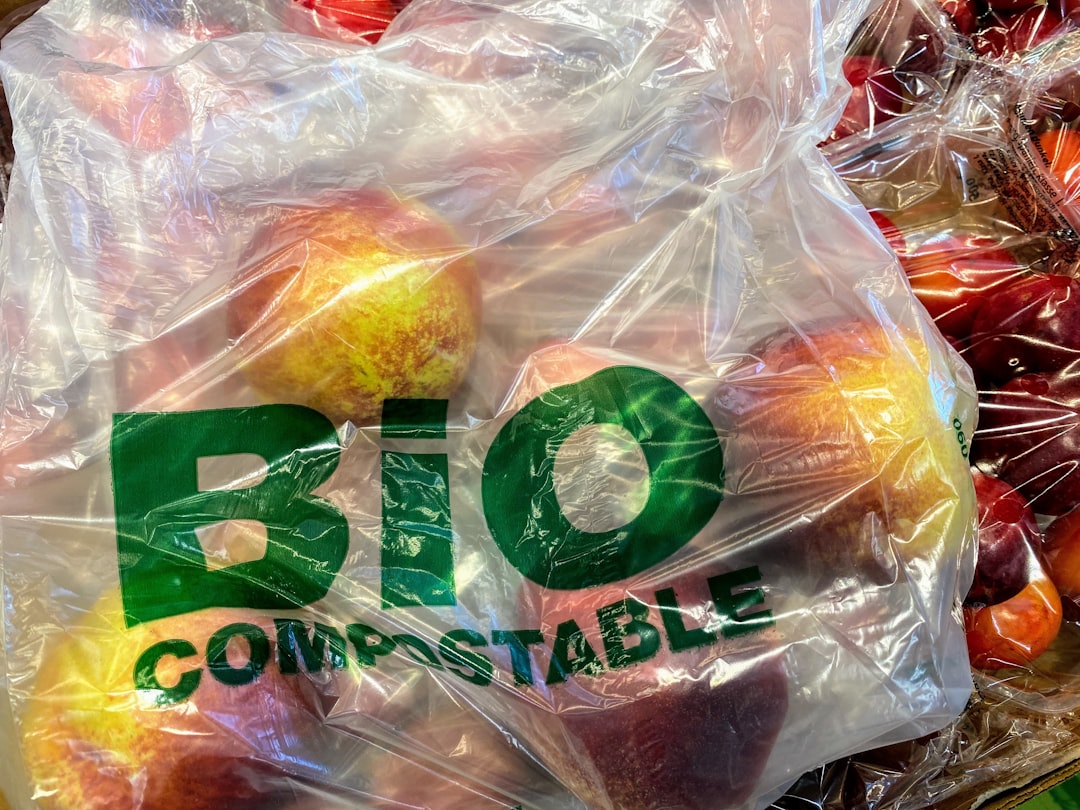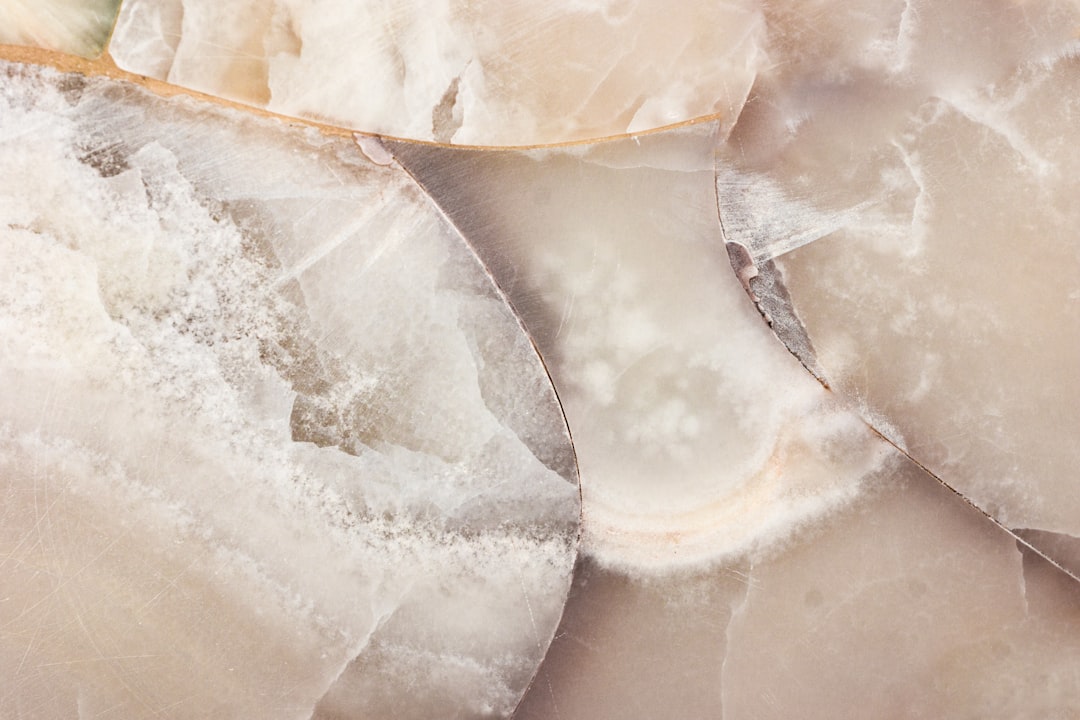What is it about?
Polyoxometalates (POMs) are an important class of inorganic clusters with wide range of applications in chemistry. But how do they crystallize? The answer to this question remains enigmatic. In this paper we show that crystallization of POMs is a phase transition from colloidal soft-oxometalates (SOMs). We use extensive phase study and Mueller Matrix Polarimetry to confirm our observation.
Featured Image

Photo by Ak Ka on Unsplash
Why is it important?
With this work we show that in principle any oxometalate can be crystallized provided we are in the right regime of concentration of the salts, ionic strength (counter-ions) and osmotic compressibility. It is the first step towards crystal engineering of Polyoxometalates (POMs) which we show proceed via the mediation of the colloidal SOM state.
Perspectives
This work adds a new perspective to the conventional prevalent wisdom of the field that POMs form colloids in a certain window of conditions. Here we show that reverse in fact happens when POMs crystallize. It happens via the mediation of a colloidal state of SOMs. We have used MMP with the expertise of my friend and collaborator Prof. Nirmalya Ghosh and we together hope that this work will provoke new experiments to further crystallize our proposition: In crystal engineering of POMs, SOMs precede POMs.
Professor Soumyajit Roy
Indian Institute of Science Education & Research Kolkata
Read the Original
This page is a summary of: Studying the Crystallization of Polyoxometalates from Colloidal Softoxometalates, Crystal Growth & Design, June 2018, American Chemical Society (ACS),
DOI: 10.1021/acs.cgd.8b00443.
You can read the full text:
Resources
Contributors
The following have contributed to this page










